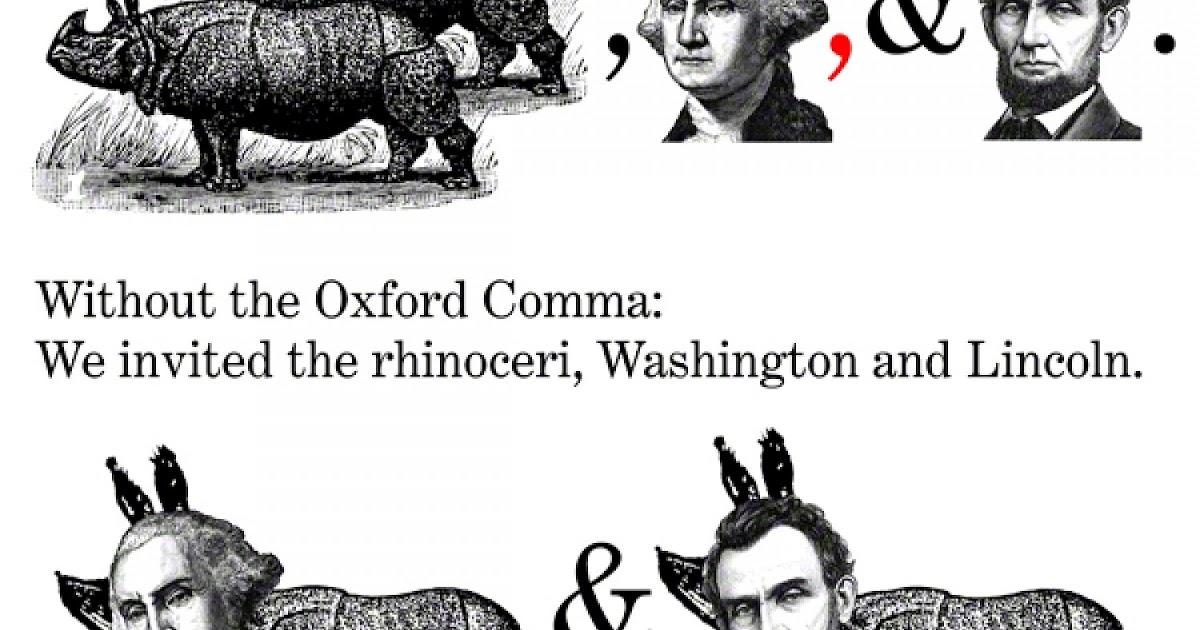

One might be curious about the origins of the “Oxford comma,” which can be traced to the esteemed usage of Oxford University Press editors and writers. This comma enters a language’s stage like a seasoned conductor, carefully placing itself in front of the harmonising conjunction-usually “and” or “or”-within a list of three or more items. The Random Comma will be placed within this, that, and, whatever.There is a revered character known as the Oxford comma in the world of punctuation, where commas reign as the great orchestrators of clarity. Among today’s grammarians, there is even now a movement afoot to introduce the so-called Random Comma to the mix. Sources tell me that the debate might soon turn toward another possible exciting new brand of comma. Long story short, The Oxford Comma saved us. I know everything after 1905 really happened because I have known people who saw it for themselves. I’ve never seen anything that happened before 1905 so that must be what happened. And thusly came the this, that, and whatever we know and love today. Finally, after failing with a semi-colon and a bracket, he went with yet another comma carefully selected from the pages of 100 leading doctoral dissertations. Our hero, Hart experimented with various mechanisms. The Oxford Comma saves the day!įew people realize that because of these missing comma safeguards, various dates in our past have been tragically lost into alternate timelines forever. It infected not only the sentence itself, no, not even the article itself, but all of that present time and all previous. As a result, this unassuming but entirely lethal sentence spelled the doom of the vast majority of our history. After all, without anything to separate “that” and the final “and” their extreme woe and perplexity was entirely understandable. Until 1905, readers had been completely confounded by the lack of a comma in these kinds of sentences, scratching their heads wondering if those last two things were one object or two separate things. The instability was the result of any sentence with a list of three or more things inability to stabilize itself by truly defining its meaning within this timeline. Up to that time, all sentences containing a list of this, that and whatever had been very unstable indeed. He had a very good reason for the introduction.

The comma itself has been around for centuries, but the Oxford Comma was first introduced by Harry Hart in 1905, who at that time was serving as the printer and controller of the Oxford University Press.

Here’s the lowdown on a little known fact concerning the Oxford Comma: The dark times before the Oxford Comma

It seems our Oxford Comma fans have inexplicably withheld of a vital piece of information from their debates. After careful and tedious investigation of this matter, I wonder no longer. I have long wondered why the issue of the Oxford Comma is seemingly of such eternal import.


 0 kommentar(er)
0 kommentar(er)
